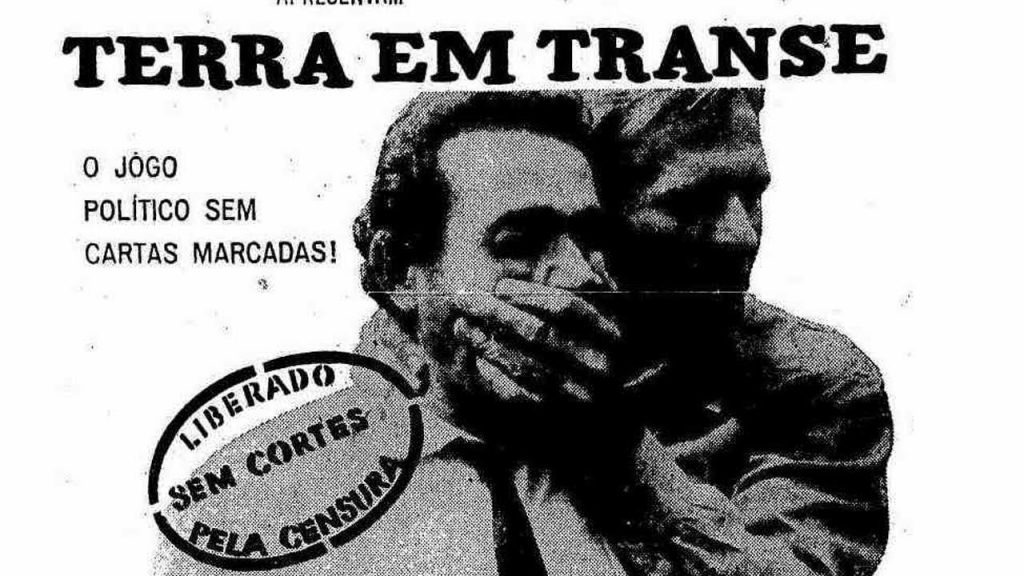Videos of children’s games: multimodal notes in some productions of Carimbócu channel.
This article aims to analyze some videos for children from the perspective of multimodality and presents itself as interactive, playful, and multimodal, using formal and colloquial languages, with incorporated qr codes, links and smiles. At first glance, basic understanding of modes, their classifications and connections is brought forth. Then, there’s a discussion about image, layout, sound, and intention. As a corpus of analysis, some games in video format from Canal Carimbócu on Youtube are taken, addressing their pedagogical references and some creation histories, but mainly the productions as semiotic material. The review of the videos are made by free report and, at the same time, are guided by known classifications and elaborated by multimodality authors. The conclusion is directed towards the viewpoint of the ideological criticism, figuring the analysis of children’s games with the construction of discourses that take into account cultural diversity, the anti-racist, anti-misogynistic sense, in addition to treating learning and intellectual efforts with fun and joy.
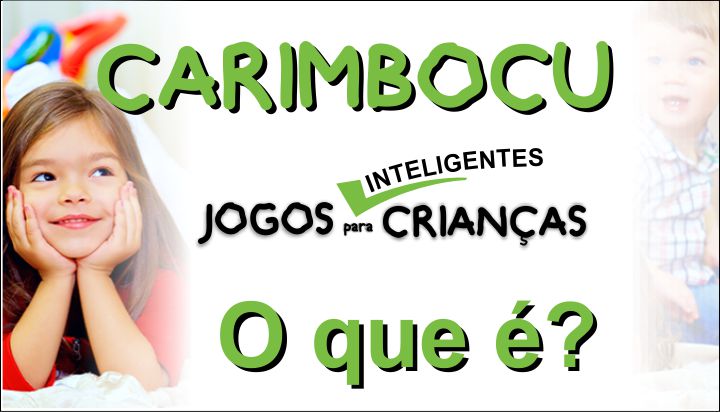
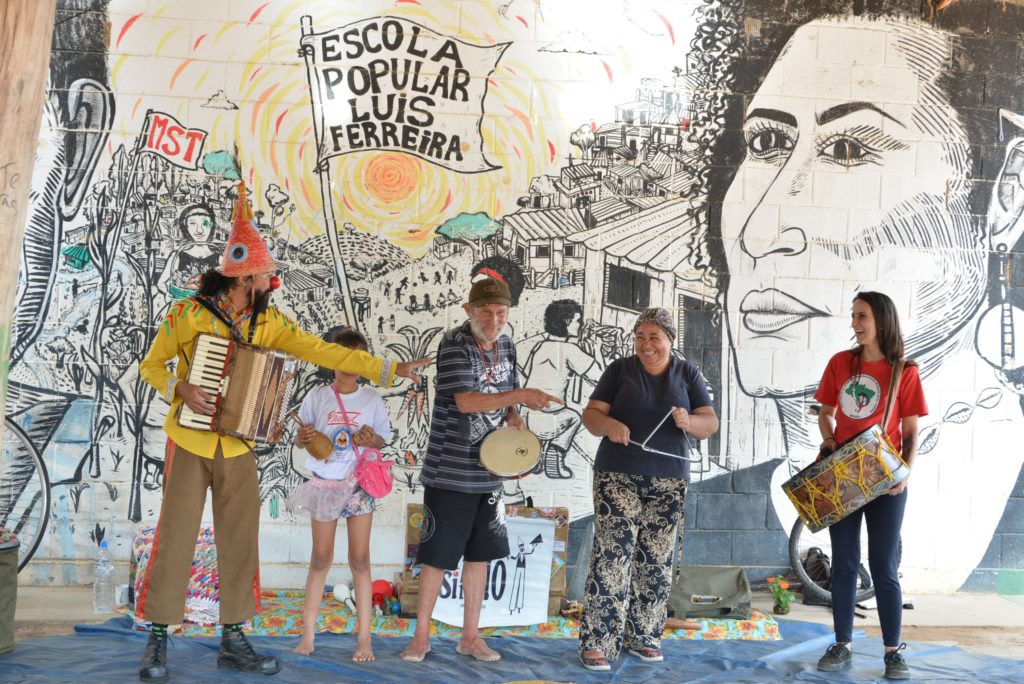
Sorry. I’m translating this resume yet.
Este trabalho foi feito com um olhar sociolinguístico no Acampamento Marielle Vive, do MST em Valinhos-SP, trazendo uma descrição relacionada à lingua(gem) e à diversidade. O material responde à solicitação avaliativa do Módulo FE195 – Seminário Avançado II – Linguagens e Diferenças na Diversidade, das professoras Drª Aryane Santos Nogueira e Drª Lilian Cristine R. Nascimento, da Faculdade de Educação da UNICAMP.
Por não se tratar de um artigo científico, eu me desafiei a criar uma apresentação no modelo revista, intercalando informações e referências a ilustrações e fotografias que tirei no Acampamento. Ele foi feito para adentrar à perspectiva multimodal.
+ CONFIRA O MATERIAL COMPLETO (material com identidades das crianças preservadas)
Published articles
Article 1) From Technology to Multiliteracy Pedagogy: in search for a conceptual integration. page 26.
Article 2) Adopting a conceptual perspective about literacy and reading instruction. page 46.
+ ACCESS the BOOK (in Portuguese)
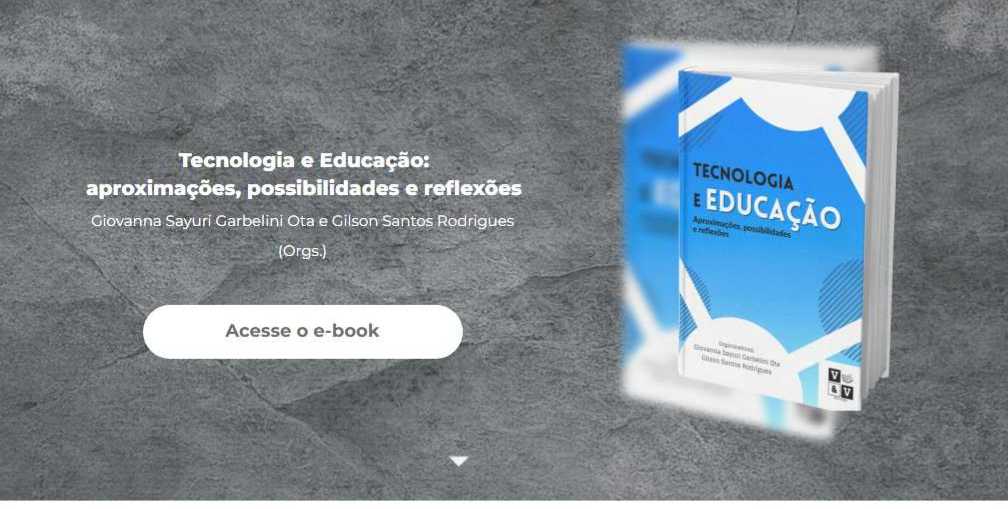
Literacy pencils to develop fine motor skills in students with ASD
The present study aimed to analyze the behavior of children with Autism Spectrum Disorder (ASD), from the 1st year of Elementary School, from the literacies perspective. A grounding was brought about autism, its relationship with school education, in addition to looking at students’ concentration difficulties, pondering the importance of a stimulating and meaningful context.
Further the bibliography research, this project interviewed teachers about their main challenges when working with autistic children in the classroom.From this, there was the elaboration of a playful activity, a transdisciplinary Lesson Plan, which brought mathematical, musical, narrative, geolocation, stories references, and mainly, it took care about the fine motor coordination of the students.More than collecting significant data about ways of working with autistic children in the classroom, this project sought to show the practice of an activity capable to help the learning of the letters of the alphabet, with colored pencils, also colored letters, interaction, concentration and music.
So, it goes toward a learning that helps children with ASD, supporting a training that brings the voice of teachers who work directly in inclusive education.
+ Check out the full research (in Portuguese)
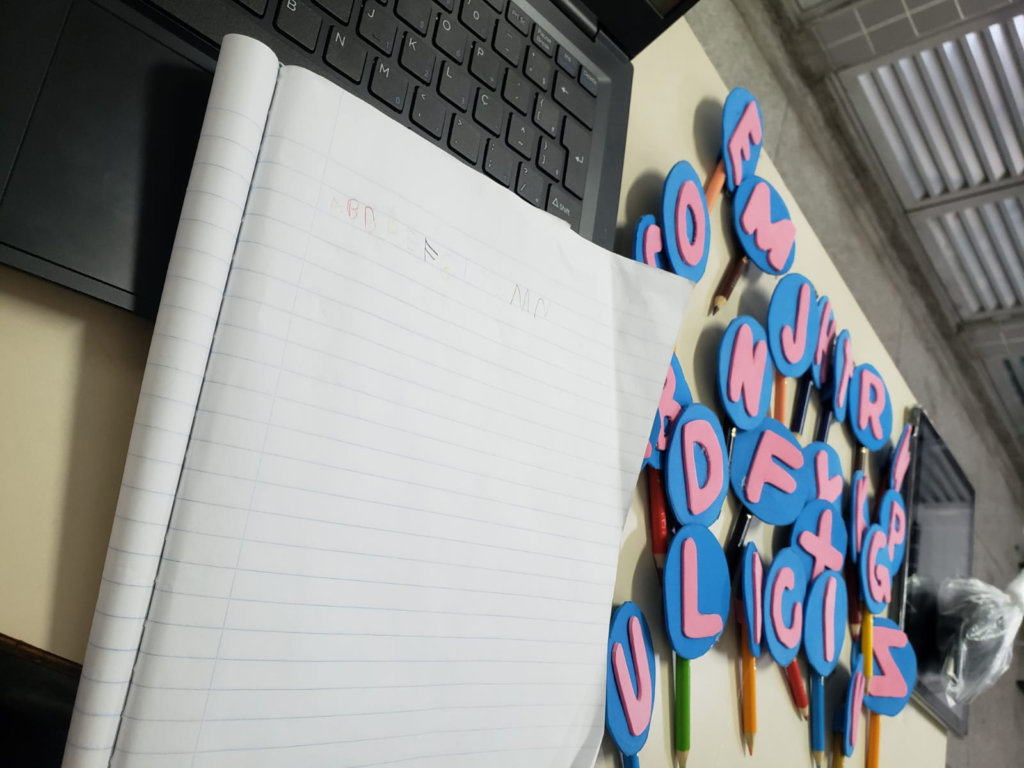
Our Chinese UNICAMP
This thinking exercise with photos is a consequence of the propositions made by Teacher Dr. Cláudia Hilsdorf Rocha, in the module of Topics in Applied Linguistics – Translanguaging, in the postgraduate course at the brazilian State University of Campinas.
After talking about the book Atlas, by Jorge Luis Borges and Maria Kodama, the work follows the idea of an “Atlas of Experiences in Languages”.
With this reflection exercise, I try to bring together an assemblage to expand the ideas, connecting a common world of Campinas (everything in Portuguese) to the point of view of those who cannot read, in addition to the possibility of materializing, connecting and covering another language. The photos start from the interest in the other, from trying to discover how things talk.
A traffic sign is a letter thrown on the street, it catches my eye and makes sense to me. And making sense catches my eye. I see myself in a plot, in a process of production of meanings that re-materializes in assemblage.
Good fun. Kiko Arquer (Francisco Arquer Thomé) 其科
+ Check the photos

Internship – Waldorf Pedagogy – Elementary School
Internship 1 (EAE) – Escola Municipal de Educação de Ensino Fundamental “Décio Moreira” – Jacareí-SP -BRAZIL
INTERNSHIP 2 (oficial) Escola Aldeia Akatu – Pedagogia Waldorf – Campinas-SP- BRAZIL
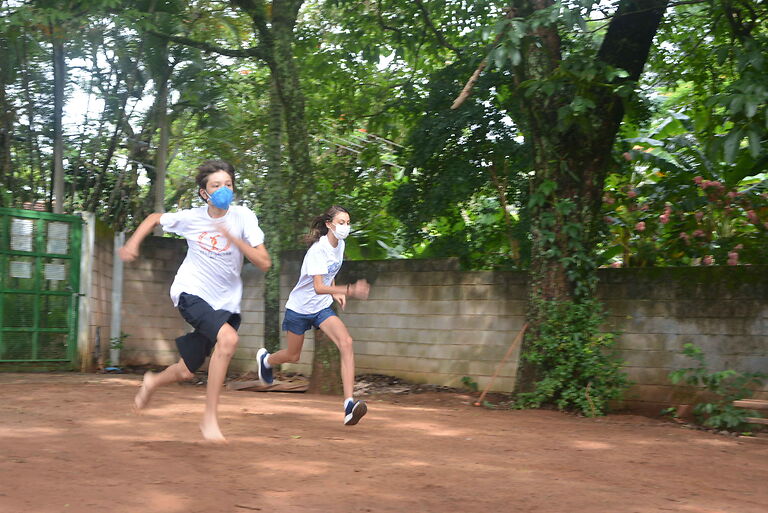
Mathematical Education and Portuguese in Elementary Education: literacy, transitions, and methodological approaches
The article inquires in what way occurs the transition between childhood education and elementary education, pointing out active methodologies and playful learning activities in the teaching-learning relation, and printing out how the practices employed relate with collaborative tasks and the construction of citizenship.
This work seeks to come closer to a continuous teacher training, uttering with methodological and contextual endeavours that articulate the dialogue and an interdisciplinary coordination between two fields of knowledge, Mathematics and Portuguese.
The approach alludes to the role of schools and teachers in literacies, bringing articulations from Common Core Curriculum, National Curricular Parameters, and leading discussions about pedagogical practices in this transition process.
More than collecting data, interviews and linking the training applicability , this research comes up with a Lesson Plan that encourages playfulness as a methodological resource and points out to the children’s creative development.
+ Full research in Portuguese
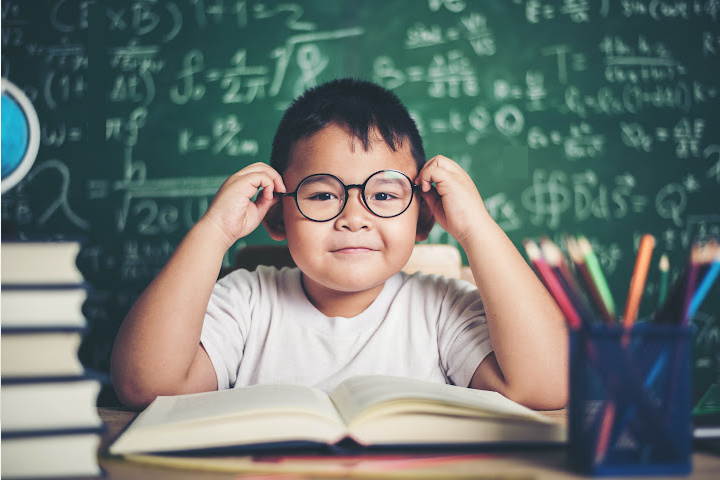
Educational and methodological relations in childhood education: considerations about the Autism Spectrum Disorder (ASD)
This paper aims to treat and address in a bibliographic and epistemic way the presence and inclusion of children with Autism Spectrum Disorder (ASD) in early childhood education.
There is a methodological investigation that helps common class teachers to decide on inclusive practices and improve the diagnosis of the scenarios that cover this topic. In this perspective, the theme seeks to ensure the fruitful integration of children with ASD in educational activities, looking at the importance of literacies, playful activities and adaptations necessary for their development.
The education of children with autism requires care that goes beyond the equitable treatment of the educator, as it includes the management of differences, contextual, collaborative knowledge, and methodological integration techniques. In addition, this Integrator Project collects data and interviews on the topic, providing support for a Lesson Plan that ensures that educators and children reinforce a favorable scenario for education and enjoy learning in an organized and adapted way.
+ FULL TEXT (in Portuguese)
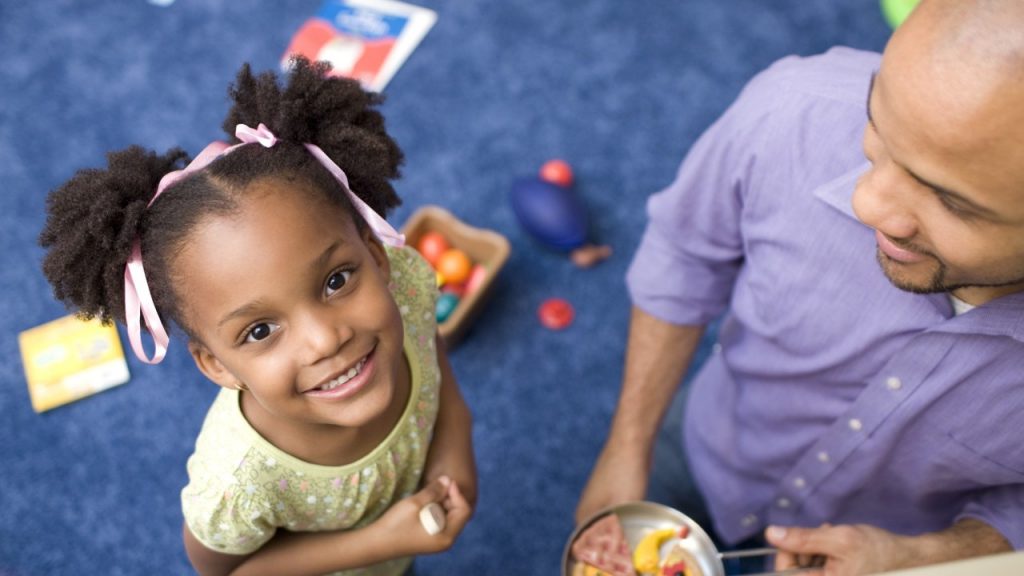
Emergency Remote Education in non-compulsory early childhood education: management practice to extend the student participation
This project explores action possibilities to education managers from non-compulsory early childhood education in the face of contexts caused by Emergency Remote Education.
First, it is discussed how it is possible to increase the participation of students in a blended school environment, in light of a digital inclusion and the children’s psychosocial and motor developments, as well as an approach to the democratic school management role in teacher training.
In order to do so, the knowledge of authors and researchers which study this subject is explored, justifying the relevance of actions that helps the school to strengthen itself with the local community.
The research collected data about frequency and student participation, and their family, in proposed activities by teachers, in addition to note the school objectives and actions in front of the current Covid-19 pandemic juncture.
So, seeking to minimize the difficulties found in the family-school relationship, and also looking forward to offering guidance about child motivation and development, come about the proposal to build an Education Managing Good Practice Guide during the Emergency Remote Education, grasping active learning methods to address it through design thinking.
+ FULL TEXT (in Portuguese)

Actions by Colégio Iguatemy during the COVID-19 pandemic. Preschool and Kindergarten
+ Management Internship Report (in Portuguese) Preschool Education
+ Management Intership Report (in Portuguese) Elementary School
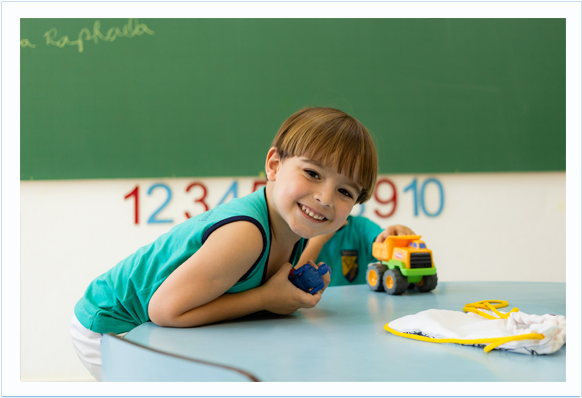
Portinari and children: playful learning activity and narratives in the teaching of Arts
The rereading of works of art strengthening in children their language development, narrative creations, and social-historical identity formation.
The goal of this project is to contribute to the Elementary School students, so that they can have a complete playful learning activity, interdisciplinary, that involves reading, storytelling and, as the backbone, they know the Brazilian painter and visual artist Cândido Portinari.
There are discussions about the role of the art like a knowledge object, where the students dialogue with the artists; and also about the history of Brazilian education, concerning the Renewed and Contemporaneous school. It is plain to see that, in the face of the social distance, the proposals were drawn up to be implemented in non formal education fields, that’s why the digital information, communication and media technologies were discussed, and also there are guidelines in order to have distance interventions, outside the school environment.
The project brings instructions to realize an activity named “Once upon a time Candinho…”, that offers a recreational and a meaningful learning. There are suggested videos, texts, works of art and methods to stimulate the storytelling; it’s a compilation that seeks a nice interaction between parents and children. It was conducted five activities and the results showed efficiency of the collaborators and a student’s active involvement.
+ FULL TEXT (in Portuguese)
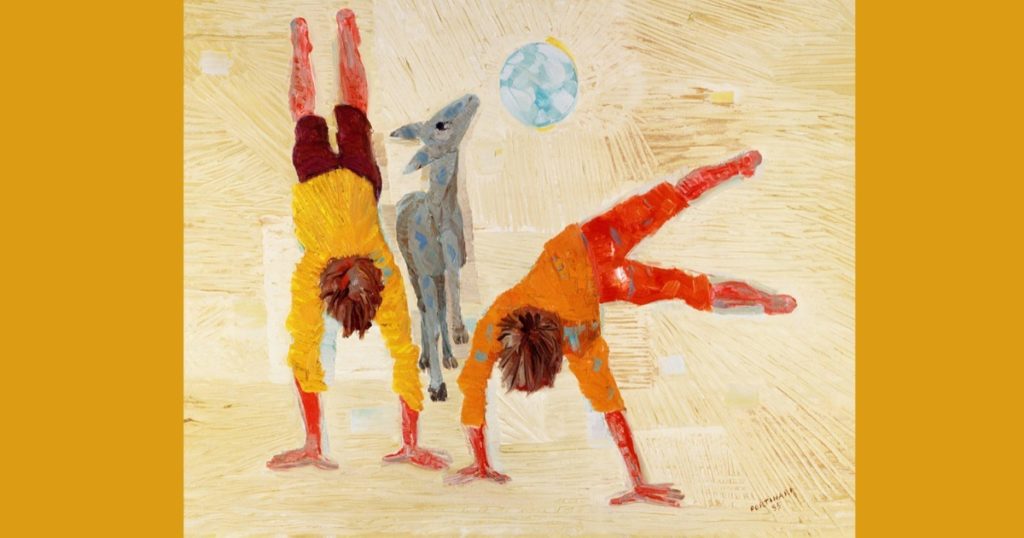
The aesthetic report in “Land in Anguish”
The cinematography production Land in Anguish from the filmmaker Glauber Rocha was aesthetic created through a complex form about the method of how to do journalism reports.
Broaching thematic histories, social repercussions, Brazilian and Latin American interpretations, and an action-propose matching the esthetic-creative and political facts, Glauber used the journalism like a cinema creative material, workin the cinema at the press, meeting and connecting them.
Searching move nearer and have a command of the cinema, his work have cinema and social communication interfaces, connecting his cinema-novista technique to an unknown contemporary for the media in general.
+ FULL TEXT (in Portuguese)
